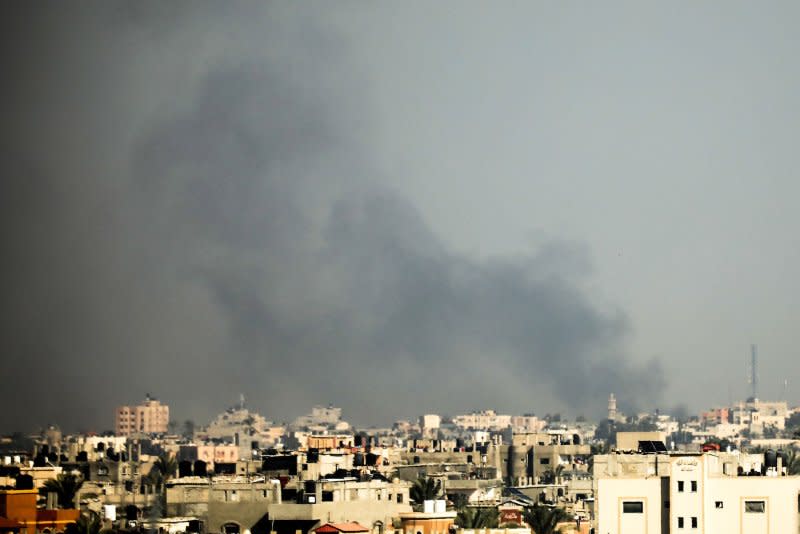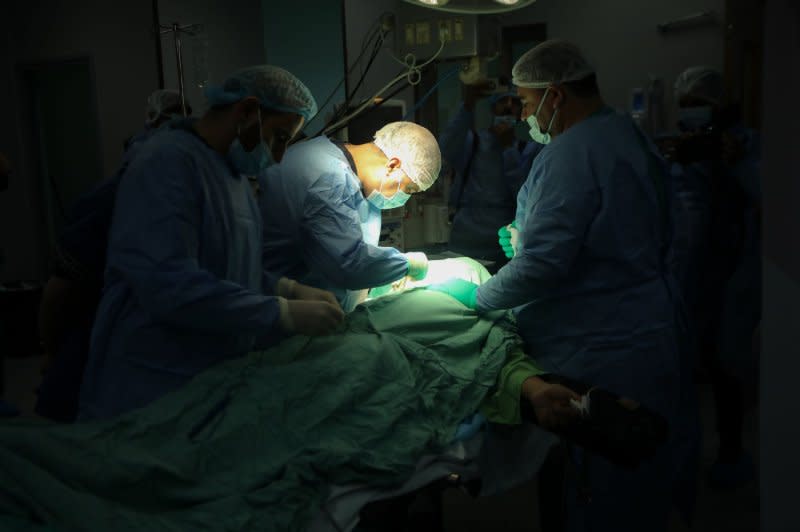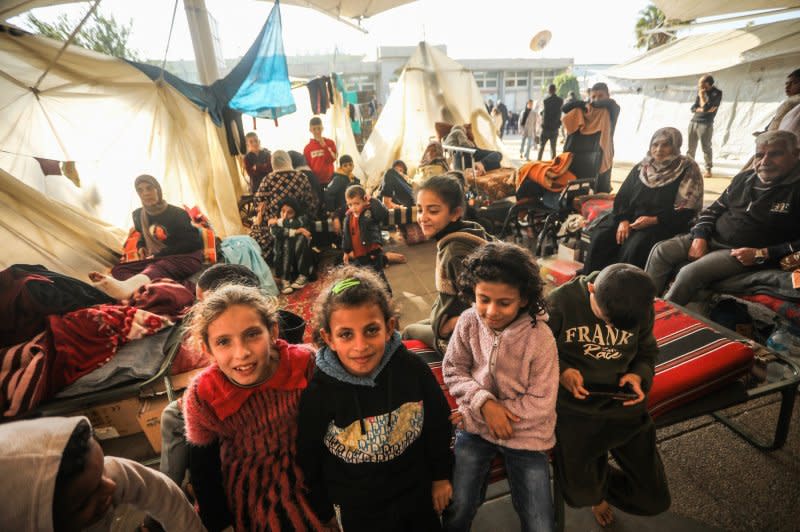IDF says it captured Hamas command center; Gaza death toll surpasses 22,000

Jan. 2 (UPI) -- The Israeli military said Tuesday it had captured Hamas' intelligence and control headquarters in Gaza City in a joint operation involving the Air Force, mechanized units and special forces.
Troops of the 401st Armored Brigade's combat team in cooperation with the Air Force's Sheldag unit and the Yalam demolition unit raided the militant group's strategic stronghold embedded in three dozen buildings in the civilian districts of the city in the north of the Gaza Strip, Israel Defense Forces said in a post on X.
The so-called "Mizrachi", or Eastern, Outpost is a key strategic center with operations rooms used to manage the fighting across the entire Gaza Strip, according to the IDF.
"The terror stronghold includes 37 buildings located in the heart of a civilian population, in the vicinity of residential buildings, schools and hospitals," IDF said.
The military also said it uncovered an underground bunker complex about 65 feet below ground with a large operations room and long-term living spaces used by Hamas military commanders as well as seizing many weapons.

Away from the Gaza Strip, the IDF said its fighter jets struck military infrastructure belonging to the Syrian army in retaliation for New Year's Day missile launches toward targets in Israel.
IDF fighter jets also struck targets in the Yaroun area in southern Lebanon used by Iran-backed Hezbollah fighters who have been firing rockets into northern Israel.

"The IDF will continue to operate against any threat to Israel's sovereignty," the IDF wrote on social media.
Speaking on a tour of Gaza on Tuesday, Defense Minister Yoav Gallant said the goal in the north of the strip to "exhaust the enemy, kill [its operatives] and achieve a situation in which we control the territory" was complicated by other threats, Hezbollah the most prominent.
But he said the fighting remained intense and that any "sense that we are stopping is wrong."
The latest military actions came as the Hamas-run Ministry of Health in Gaza said 207 people had been killed and 338 injured in the last 24 hours, bringing the total death toll since Oct. 7 to 22,185 and 57,035 injured.
Gallant's comments tempered hopes of a let-up in the violence after Israeli commanders' announcement Sunday they were pulling five brigades from combat operations, scaling back their military offensive to allow troops to return to their civilian jobs to kickstart the country's stalled economy.
The IDF cautioned that while the move marked the transition to a new third phase of the war against Hamas, the fighting was likely to continue for several months longer.

